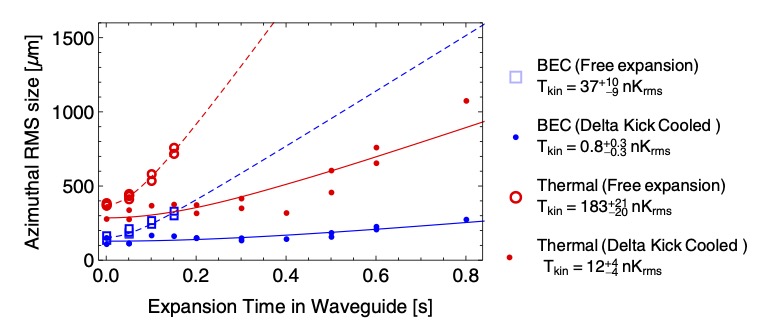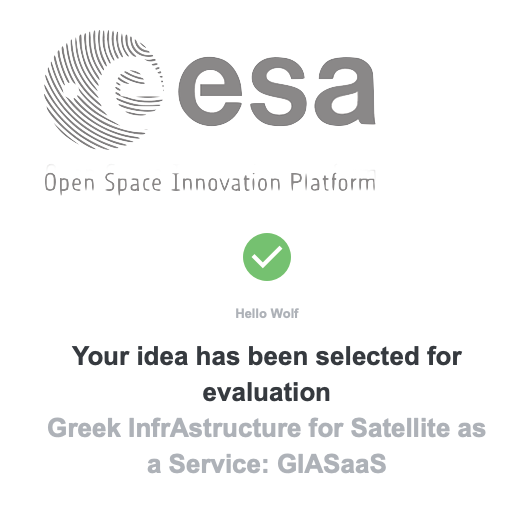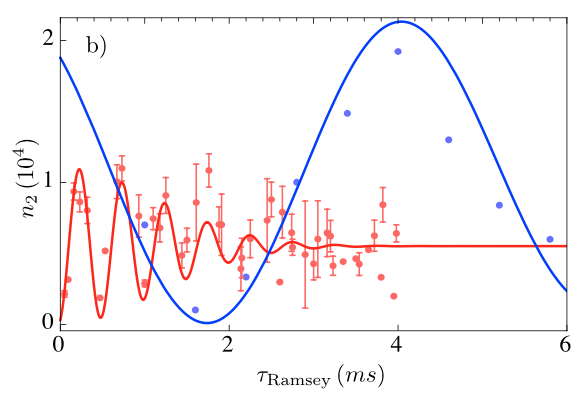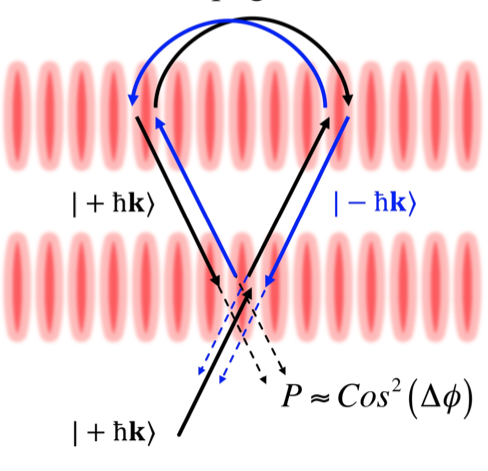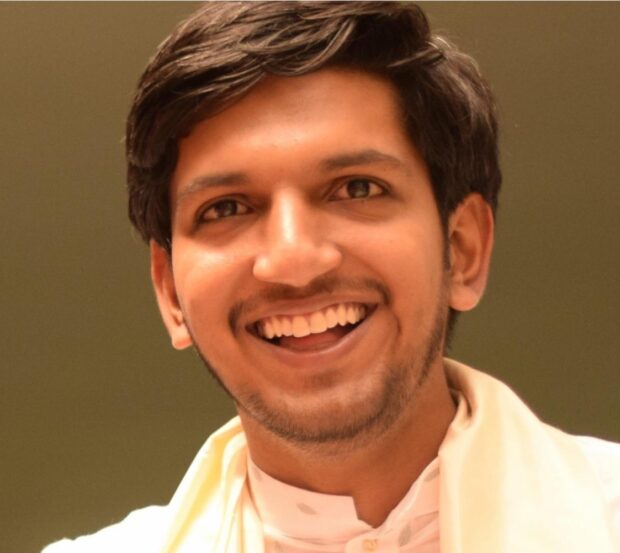Phys. Rev. Lett. 126, 170402 (2021)
S. Pandey, H. Mas, G. Vasilakis, and W. von Klitzing
Our latest PRL entitled “Atomtronic Matter-Wave Lensing” has just been published in Physical Review Letters.
It has been featured as a synopsis in Physics.APS.org.
Abstract
In this Letter, we demonstrate magnetogravitational matter-wave lensing as a novel tool in atom-optics in atomtronic waveguides. We collimate and focus matter waves originating from Bose-Einstein condensates and ultracold thermal atoms in ring-shaped time-averaged adiabatic potentials. We demonstrate “delta-kick cooling” of Bose-Einstein condensates, reducing their expansion energies by a factor of 46 down to 800 pK. The atomtronic waveguide ring has a diameter of less than one millimeter, compared to other state- of-the-art experiments requiring zero gravity or free-flight distances of ten meters and more. This level of control with extremely reduced spatial requirements is an important step toward atomtronic quantum sensors.
A synopsis was published in Physics — https://physics.aps.org/articles/v14/s55
